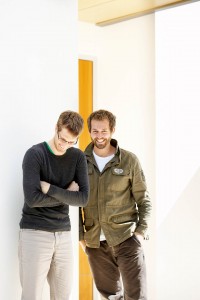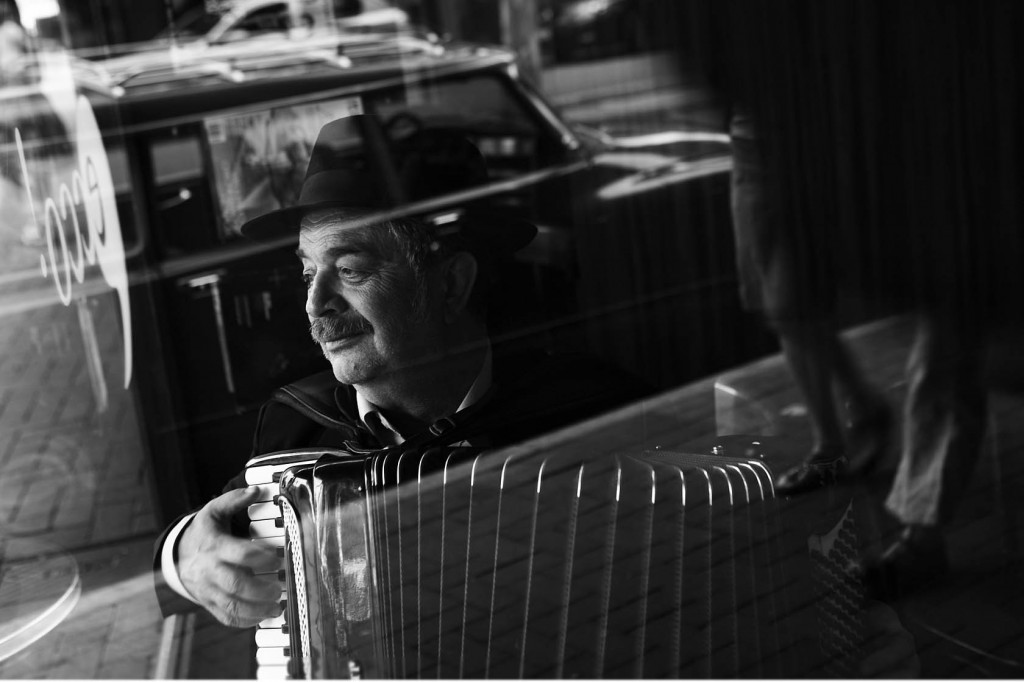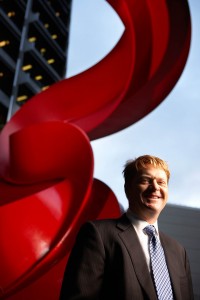What is environmental portraiture?
| We’ll forgive you for imagining it might relate to portraits made exclusively in our dwindling, shrinking, evaporating natural environment. Who knows when the term Environmental Portraiture was coined? Not us! All that seems certain is that it is likely to have occurred prior to the rise of the environment in our collective green consciousness. The joy of semantics – the word environmental is pretty much owned by nature, nonetheless “environmental portrait” remains the way photographers describe images made of people outside the studio. Typically portraits made of people in their work environment, whether that be an office, whaling station or coal fired power plant.
In the corporate and editorial portraiture ecosystem that Acorn Photo inhabits environmental portraiture usually means photographing sitters in their workspaces. Mostly this means in offices and boardrooms. We always have our eyes out for other, more interpretive, location possibilities. And our minds out for more metaphoric treatments. Celebrity portraits, unless they are part of a fashion story are almost always environmental portraits. Successful executive portraiture is generally restrained in tone. The rules of the court have been established over many centuries and roles of jester, courtier and nobleperson understood in our collective subconscious. Rules, of course, are meant to be broken. Brave clients with clear messages to communicate are encouraged. Cautious clients with reputations to uphold are respected. |
|
| Further Reading – Arnold Newman |
Arnold Newman famously worked as a 49 cent studio photographer before his long and distinguished career as an environmental portraitist. His images stand in stark contrast to those of his contemporaries; photographers like Richard Avedon, Irving Penn and latterly David Bailey, all of whom preferred to drill to the core of their subjects psyches in the hard isolation of their studios.Portraits of visual and performing artists make up the bulk of his most memorable work. Newman revealed his sitters’ personalities and illustrated something of their work through the use of carefully selected contexts. A quick squizz at a handful of his most famous images makes it plain that his was not a formulaic approach.
 Three images by the grandaddy of environmental portraiture, Arnold Newman. The strikingly graphic portrait of Igor Stravinsky dwarfed by the fluid form of a grand piano, the blunt photo collage of Andy Warhol, the savage lighting of Alfred Krupp; all quite different photographic treatments in the service of visual metaphor. Photos: Arnold Newman |





